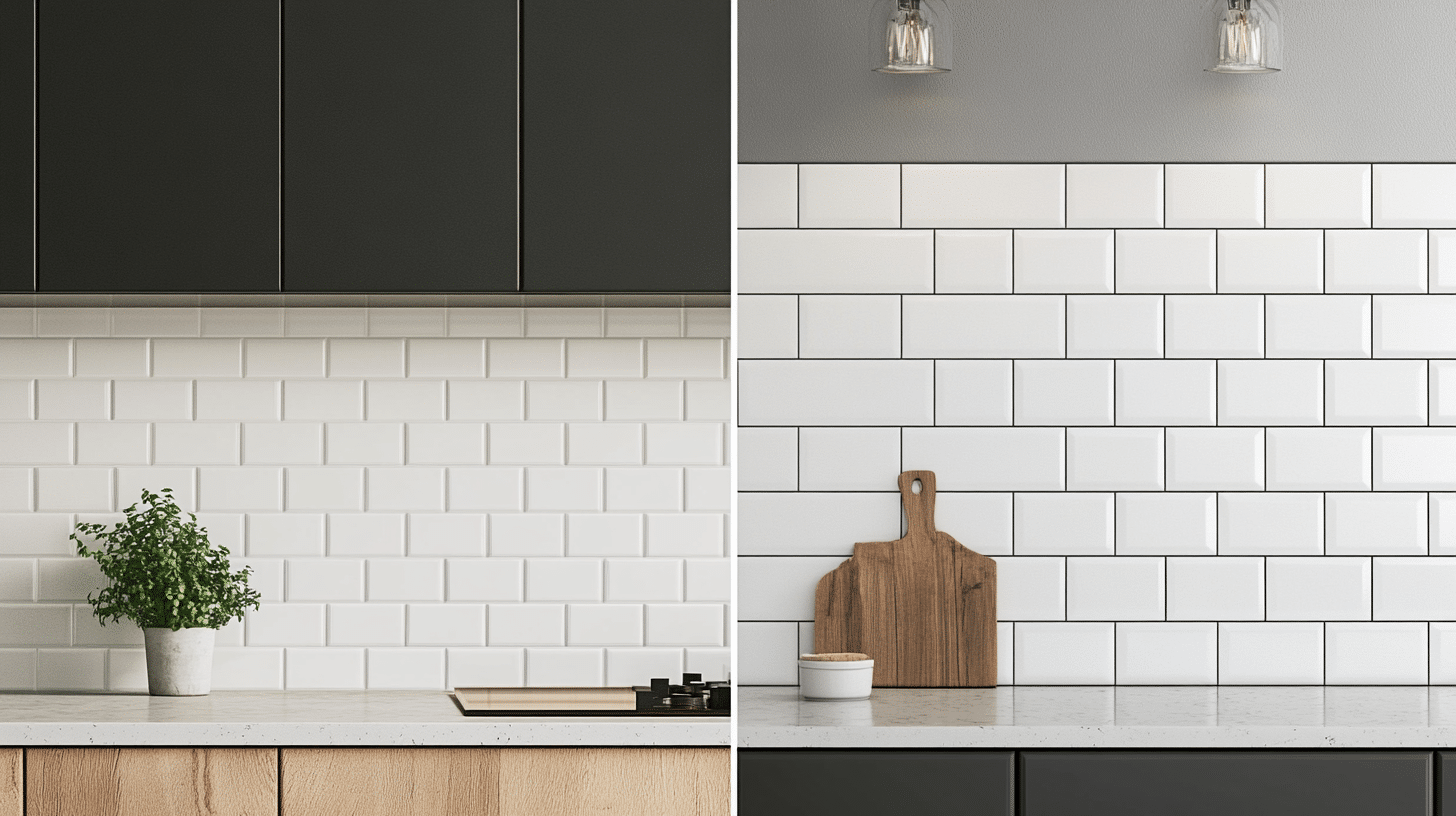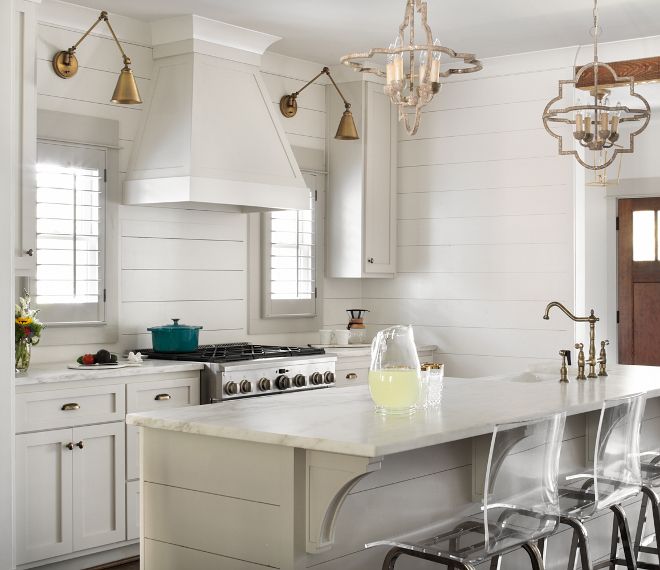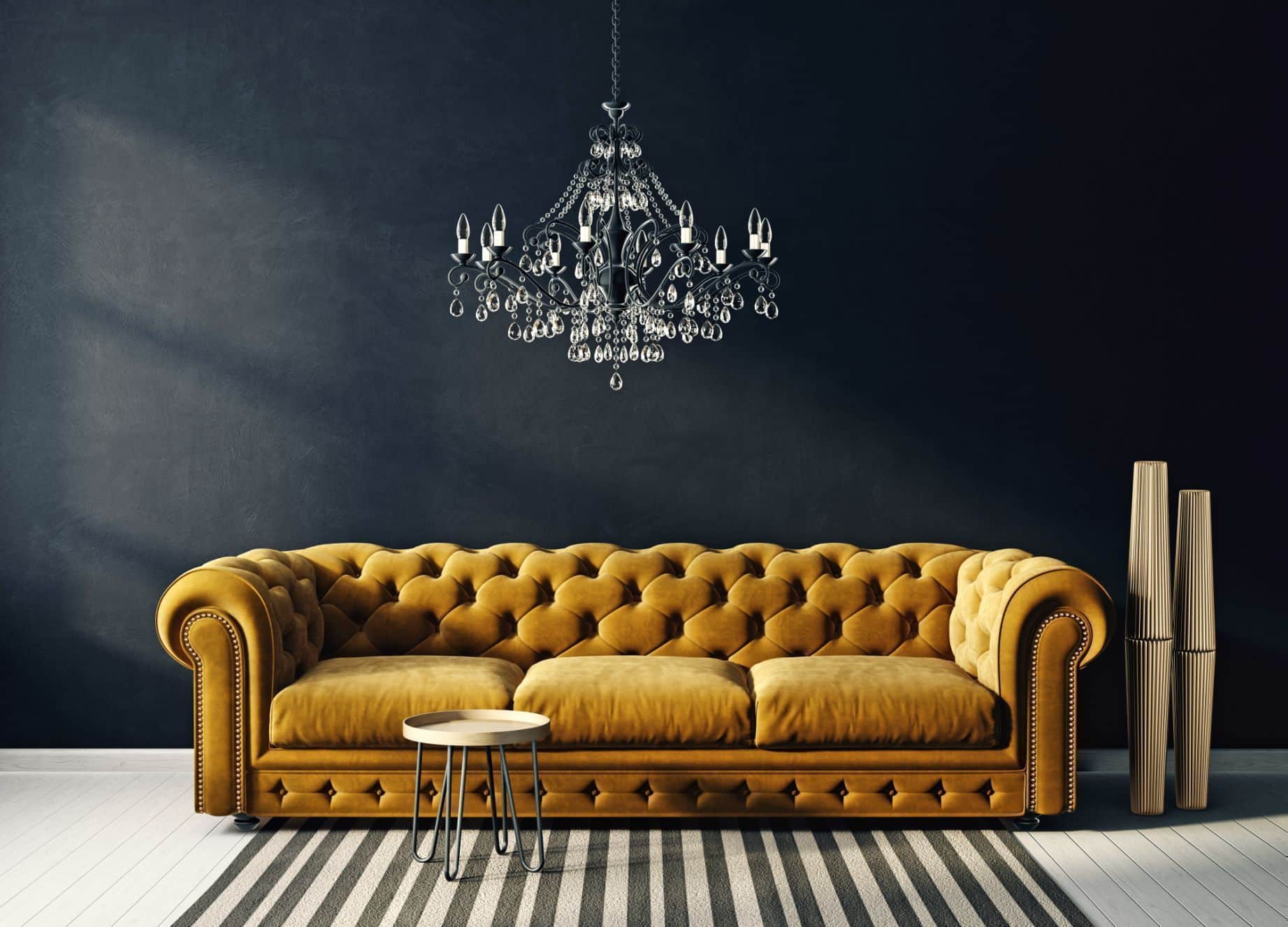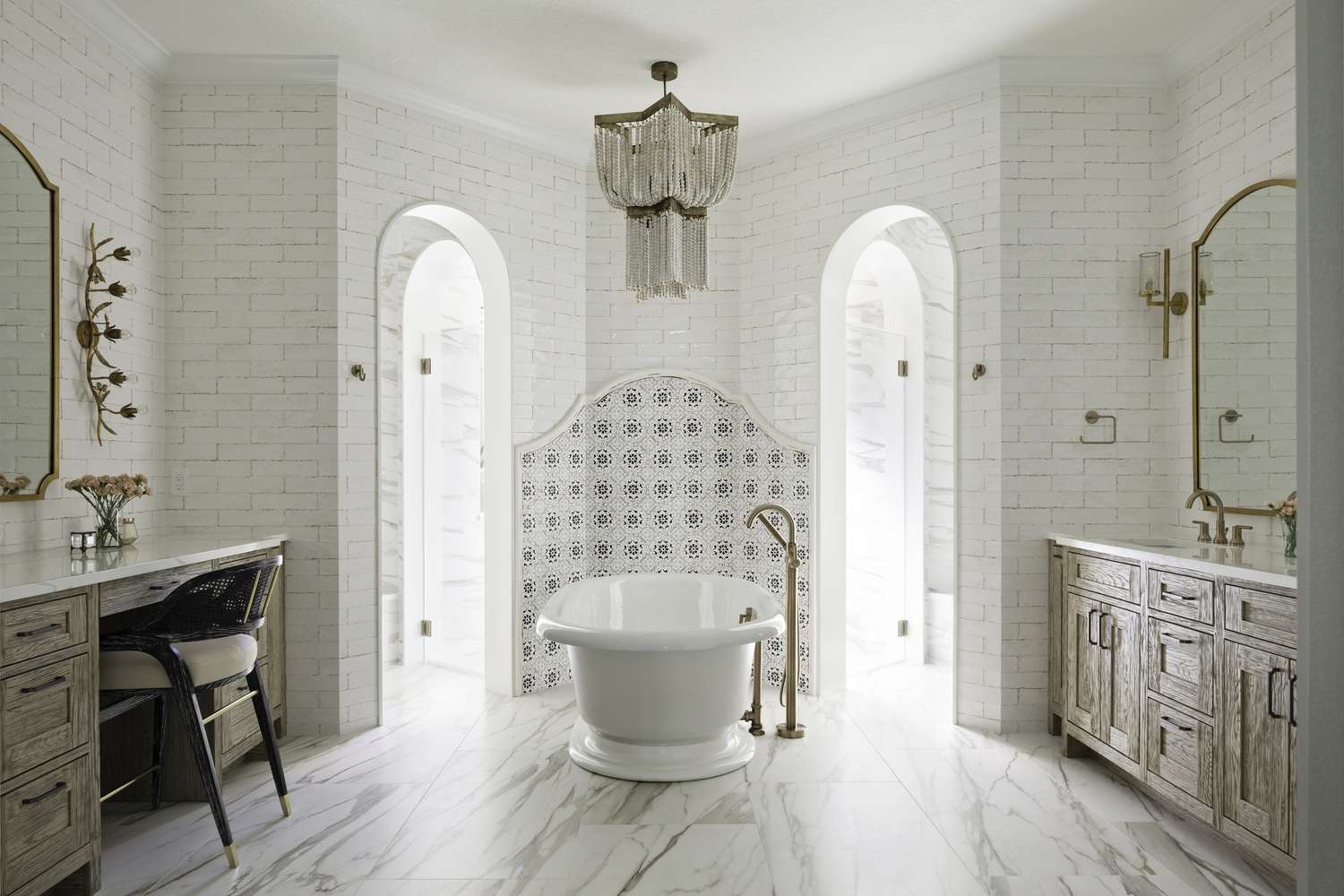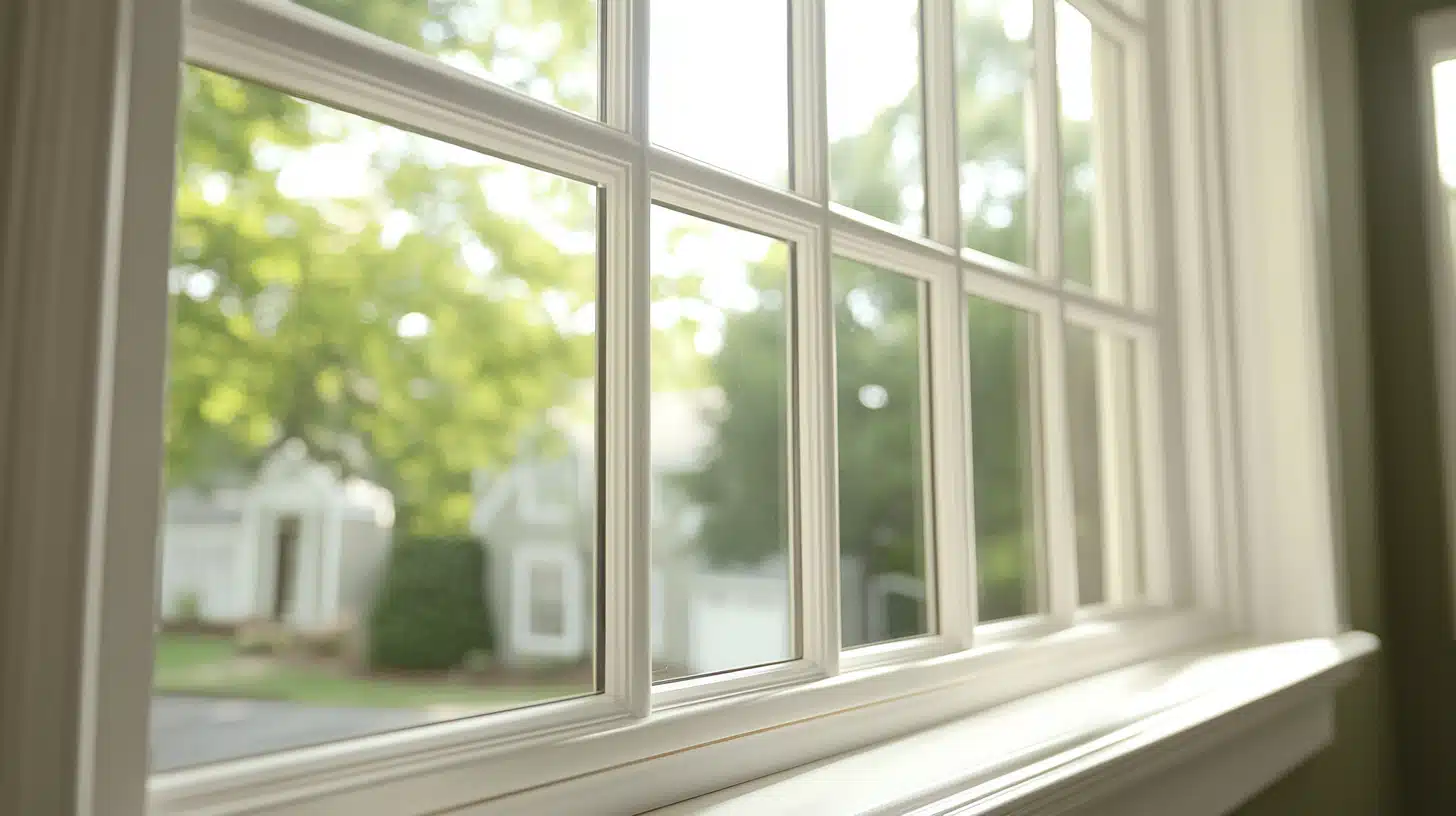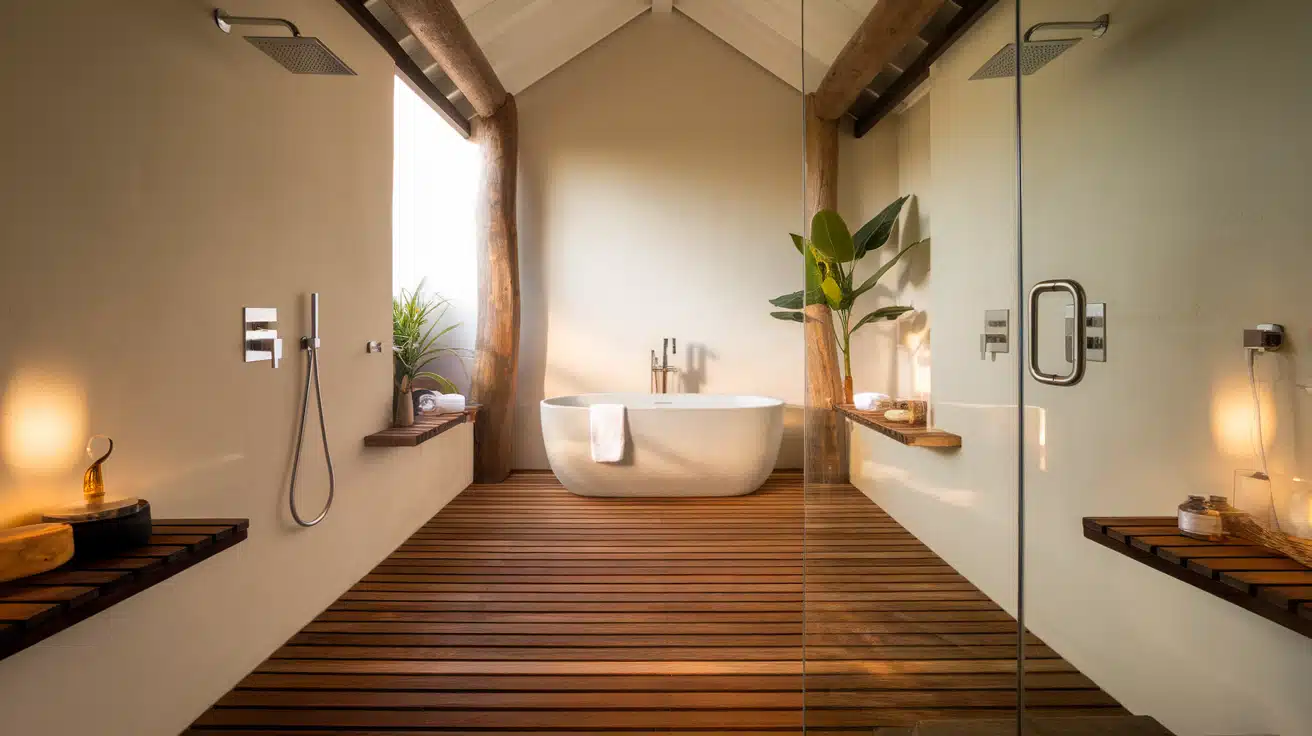Grout Color for White Subway Tile: A Complete Guide
Picking the right subway tile grout color might seem small, but it can change the look of your whole room.
The color of grout you choose affects more than just the gaps between tiles – it sets the mood for your space.
In this blog, we’ll look at why grout color matters, which colors work best with white subway tiles, and what types of grout to use in different areas.
We’ll also cover grout line width, share tips for making good choices, and point out mistakes to avoid.
If you’re thinking of renovating a bathroom or your kitchen, these grout tips will help you achieve the look you want.
Understanding the Impact of Grout Color
Grout does more than fill gaps between tiles.
The right grout choice can make your space look bigger, smaller, cleaner, or more eye-catching.
Why Grout Color Matters in Design
The color of the grout can change how your tiles look. Dark grout makes each tile stand out more clearly.
Light grout can make small spaces feel bigger and more open. Grout color can hide dirt in busy areas like kitchens.
It can also add style to plain tiles. The wrong color might make your space look messy or dated.
Grout is hard to change once it’s set, so pick carefully.
Blend or Contrast: Which One’s Right for You?
Mixing grout closely matches your tile color. This makes the walls look smooth, and the space feels bigger.
Matching grout shows fewer stains and dirt. Contrasting grout makes each tile shape stand out.
It creates a pattern that catches the eye. Some rooms look better with blend, others with contrast.
Think about your style and how you use the room. A kitchen might need darker grout to hide food stains.
A clean bathroom might look great with white grout.
Best Grout Color Options for White Subway Tile
White subway tiles work with many grout colors. Your choice can make the space feel modern, classic, bold, or warm.
1. White Grout – Timeless and Clean
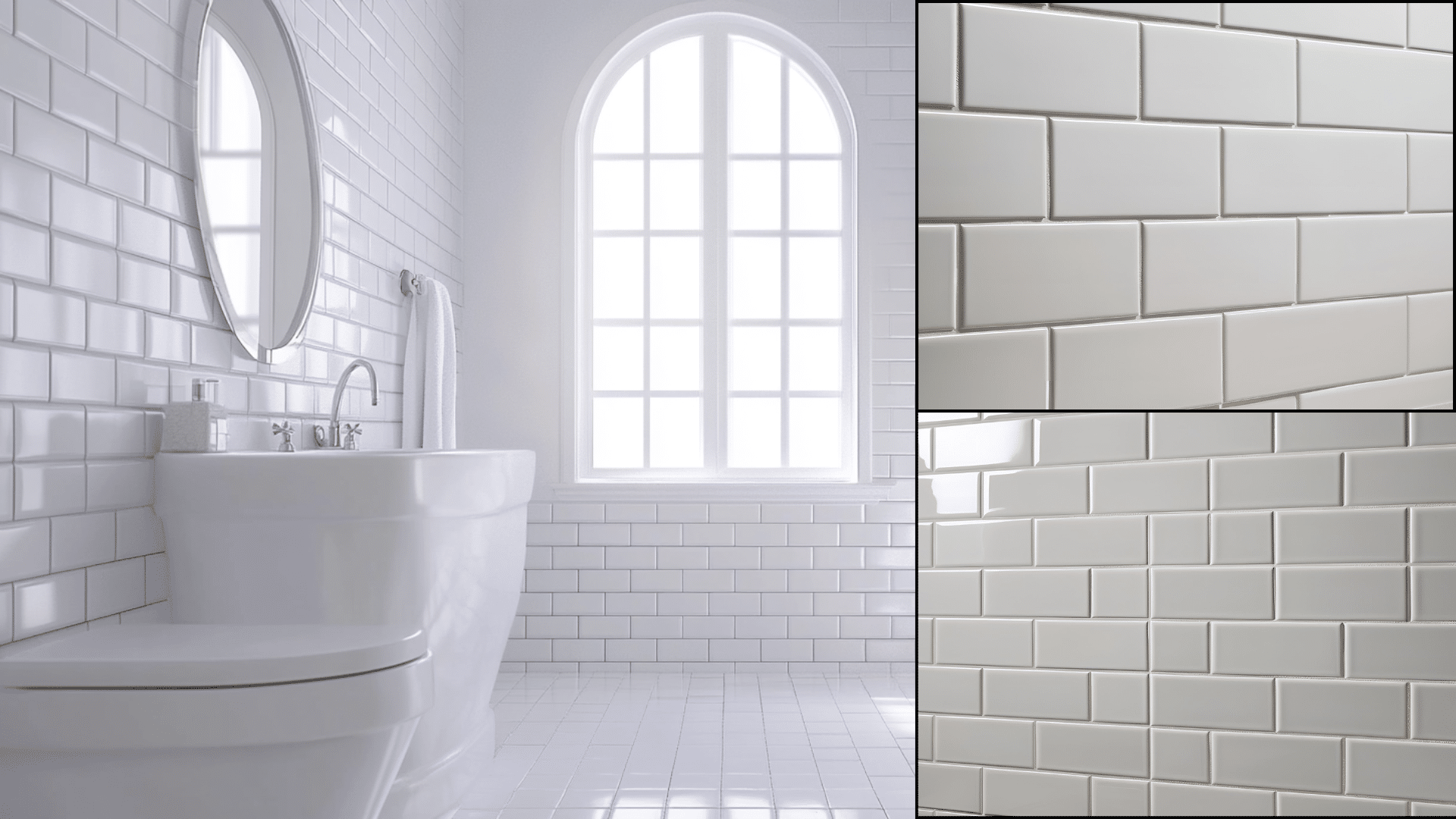
White grout with white subway tiles creates a clean, smooth look. The walls blend without breaks.
This choice works well in small bathrooms to make them feel bigger.
White grout shows dirt and stains more quickly than other colors, so it needs to be cleaned often in busy areas.
Sealing white grout helps keep it looking fresh. This combo fits well in modern and classic homes.
2. Gray Grout – Balanced and Low Maintenance
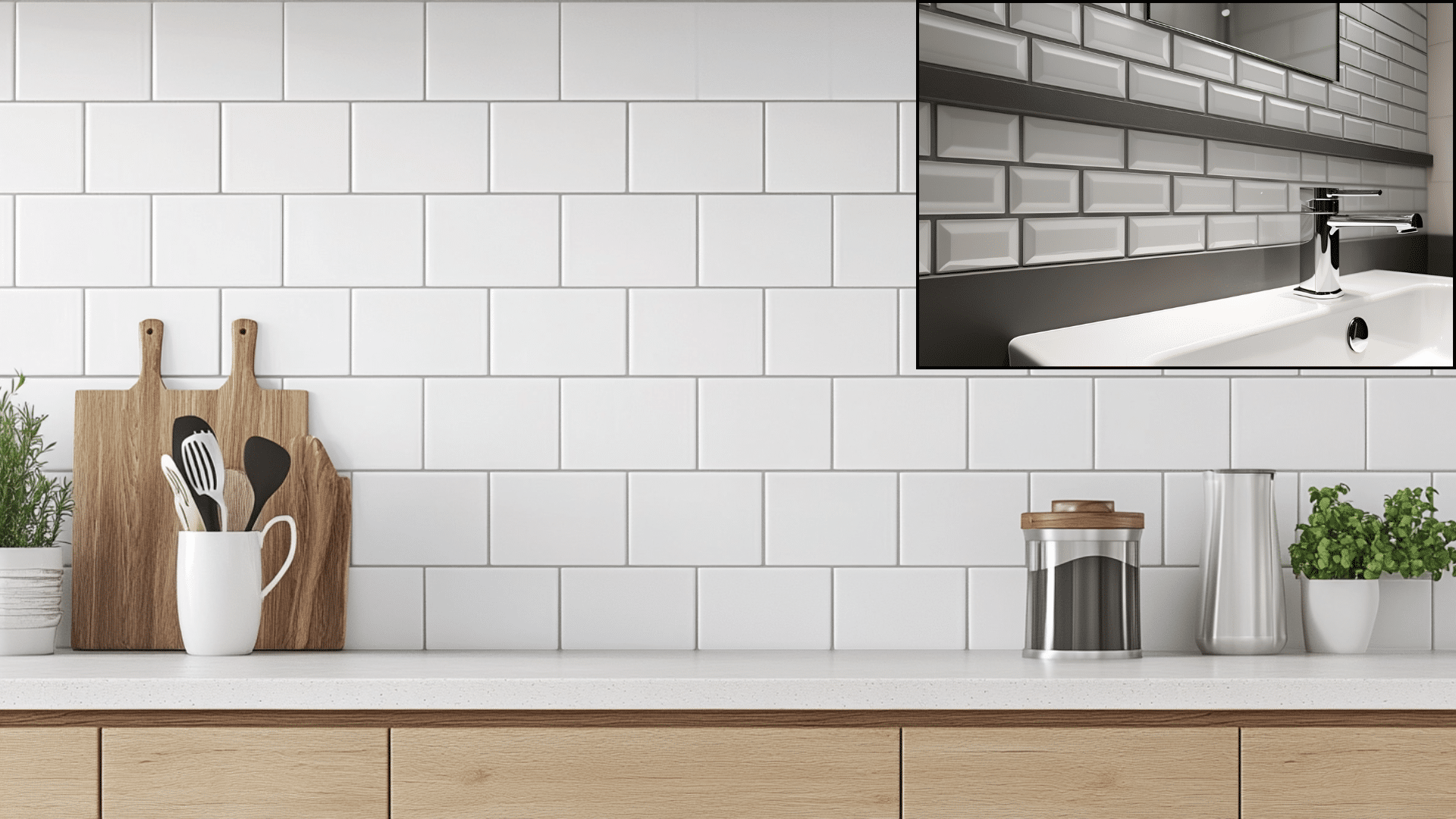
Gray grout provides a nice middle ground with white tiles.
Light gray offers a soft look that’s still easy to keep clean. Dark gray makes the tile pattern clearer without being too bold. Gray hides dirt and stains better than white.
It works in both modern and classic spaces.
Many pros choose gray grout for kitchens because it stays looking good even with cooking messes. Gray comes in many shades, so you have lots of options.
3. Black Grout – Bold and Dramatic
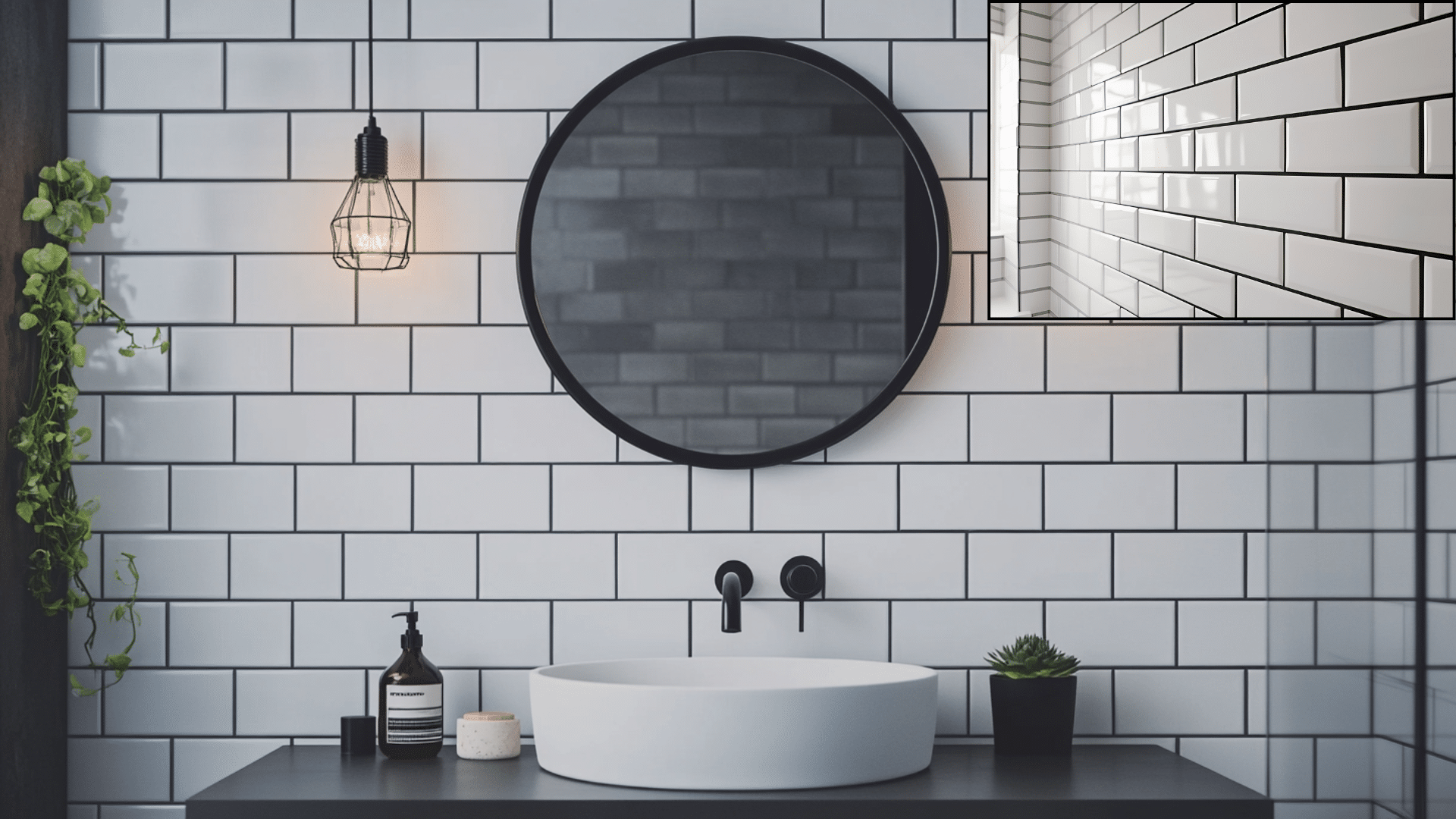
Black grout creates the strongest contrast with white tiles. It makes each tile shape stand out clearly.
This look fits well in modern and industrial spaces.
Black grout hides stains and dirt very well. It makes white tiles look even whiter by comparison.
This style was common in old shops and cafes.
Black grout works great in busy spaces like mudrooms or kitchen walls, but the bold look might feel too strong in small rooms.
4. Brown or Taupe Grout – Warm and Earthy
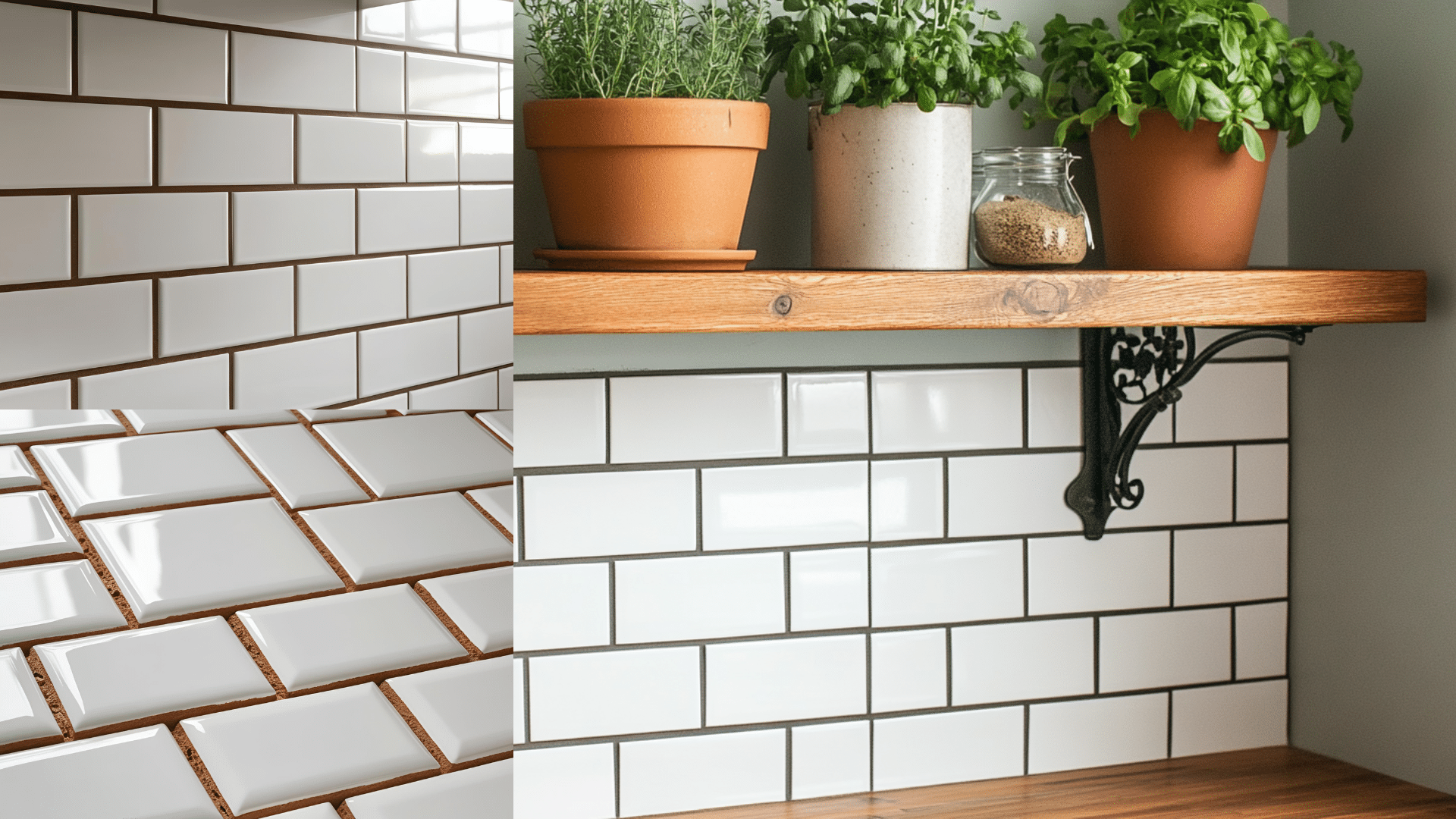
Brown and taupe grouts add warmth to white tiles. These colors work well in homes with wood and natural colors.
Light brown grout gives a soft, sandy look that feels welcoming. Darker brown creates more contrast while still feeling warm.
These colors hide dirt well in busy areas. They match well with wooden floors or cabinets.
Brown grout can make white tiles feel less cold and stark.
5. Colored Grout – Creative and Personal
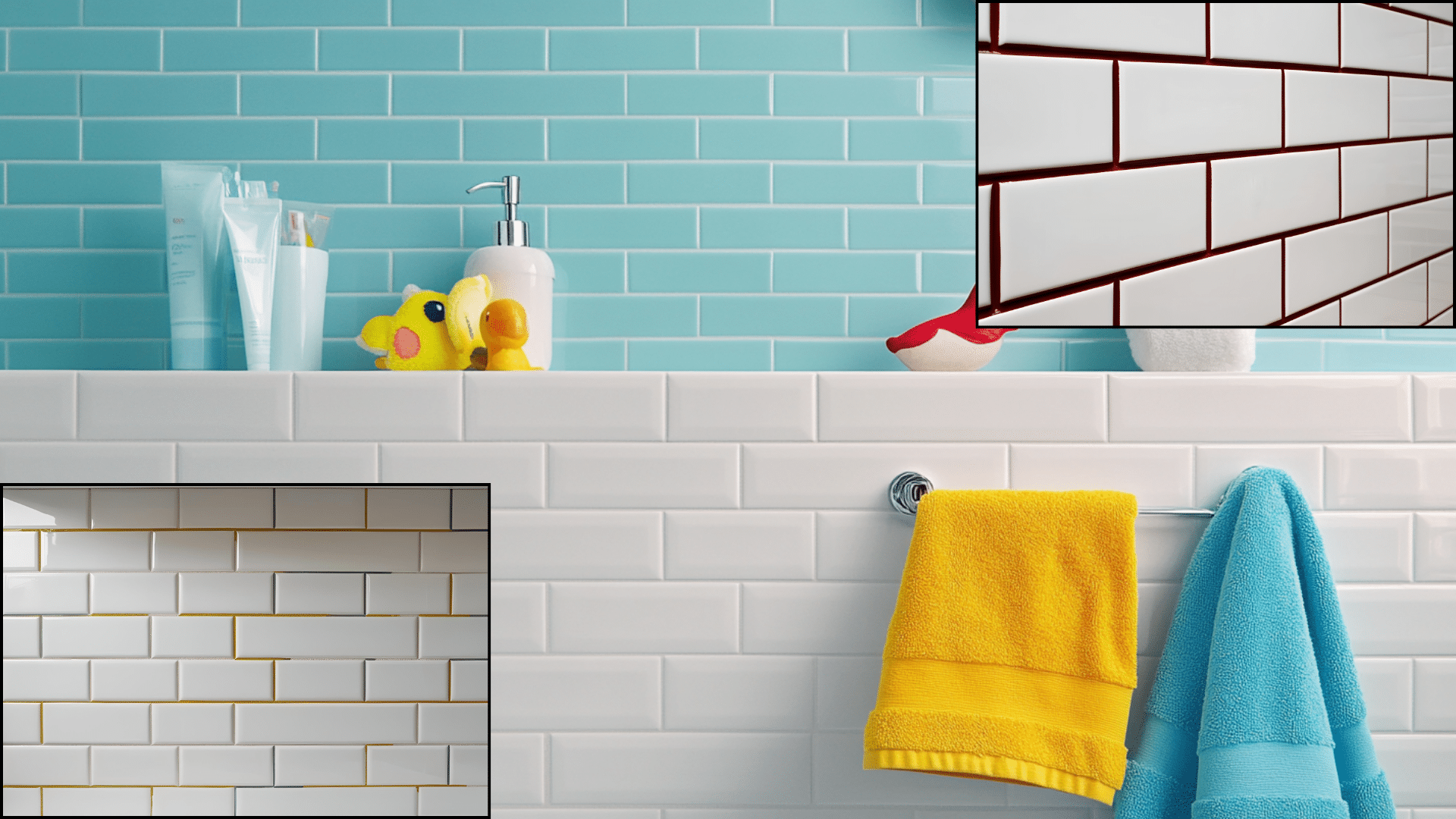
Colored grout lets you add fun to your tile design. Blue, green, or red grout can match other items in your room.
This choice works best in playful spaces like kids’ bathrooms or fun kitchens. Colored grout shows your style and makes plain white tiles special.
The look is less common, so your space will stand out. Pick colors that match things you won’t change often.
Some colors might look dated faster than basic options.
Grout Types and Textures
The type of grout you choose affects how it works and looks over time.
So, should you choose sanded or unsanded grout? Let us compare these both to help you make an informed decision.
Sanded vs. Unsanded Grout: What’s the Difference?
| Feature | Sanded Grout | Unsanded Grout |
|---|---|---|
| Best for | Floors, wide joints | Walls, narrow joints |
| Joint width | 1/8″ or wider | Less than 1/8″ |
| Strength | More durable | Less durable |
| Texture | Slightly rough | Smooth |
| Cost | Less costly | More costly |
| Shrinkage | Less shrinking | More shrinking |
| Good for | Kitchen floors | Bathroom walls |
| Scratch risk | Can scratch glossy tile | Safer for polished tile |
Performance Grout for High-Traffic Areas
Performance grout costs more but lasts longer in busy areas. It resists stains and doesn’t need sealing like regular grout.
This type works well in kitchens and entryways where spills happen often. It comes in many colors and stays bright for years.
Performance grout dries faster and is harder to clean up during setting. It’s worth the extra cost for floors and walls that get lots of use.
When to Use Resin or Cementitious Grout
Cementitious grout is the basic type most people use. It’s made of cement, sand, and color. It costs less but needs sealing to prevent stains.
Resin grout uses epoxy or other chemicals instead of cement. It resists water and stains without needing sealer.
Use resin in showers, tub areas, and kitchen backsplashes where water is common.
Cementitious works fine in dry areas or where cost matters more than perfect stain fighting.
Grout Line Width and Visual Effect
The width of your grout lines changes how your tile pattern looks.
| Feature | Narrow Grout Lines (1/16″) | Wide Grout Lines (1/4″ or more) |
|---|---|---|
| Look | Modern, seamless | The classic, defined pattern |
| Space effect | It makes space feel bigger | It makes space feel cozier |
| Tile focus | It shows more tile, less grout | Creates grid pattern |
| Cleaning | Less grout to clean | More grout surface to maintain |
| Difficulty | It is harder to install evenly | More forgiving during installation |
| Best for | Contemporary homes | Farmhouse or vintage styles |
| Wall effect | Smoother, less broken | More texture and visual interest |
| With white subway | Clean, minimal look | More defined brick-like pattern |
Practical Tips for Choosing the Right Grout
Picking the right grout involves more than just color. Think about where you’ll use it and how it will look over time.
Small rooms often look best with light grout that blends with the tile. This makes the space feel bigger and less busy.
Darker rooms might need lighter grout to brighten them. Sunny rooms can handle darker grout if you want contrast.
Consider how much cleaning you want to do. White grout in a busy kitchen will need frequent cleaning to look good.
Dark grout hides dirt but might fade over time in sunny spots. Consider who uses the space, too.
Kids’ bathrooms might need darker, stain-hiding grout, while guest bathrooms that don’t get daily use can handle lighter colors.
Always test your grout choice in the actual room before doing the whole job.
Common Mistakes to Avoid
- Picking bright white grout that makes off-white tiles look dirty by comparison. Most “white” tiles have some cream or gray tones.
- Do not test grout samples first in your actual space with your lighting. Grout often dries darker than it looks in the store.
- Forgetting about cleaning needs when choosing color. Light grout in a shower will need more cleaning than you might expect.
- You are using the wrong grout type for your space. Floors need sanded grout for strength, while walls with thin lines need unsanded.
- Going too trendy with unusual colors that you might tire of quickly. Remember that grout is hard to change without removing tiles.
Wrapping Up
The right grout color for your subway tiles does more than fill gaps – it helps create the feel you want in your room.
Think about how you use the space, how much cleaning you want to do, and what style you like best.
Always test grout samples in your actual room before deciding. If you’re not sure about your choice, start with a small area.
Ready to pick your subway tile grout color? This weekend, take three sample colors home and test them against your tiles in different lighting.
Your perfect grout match is waiting, and the right choice will make your tile work look like a pro did it.

